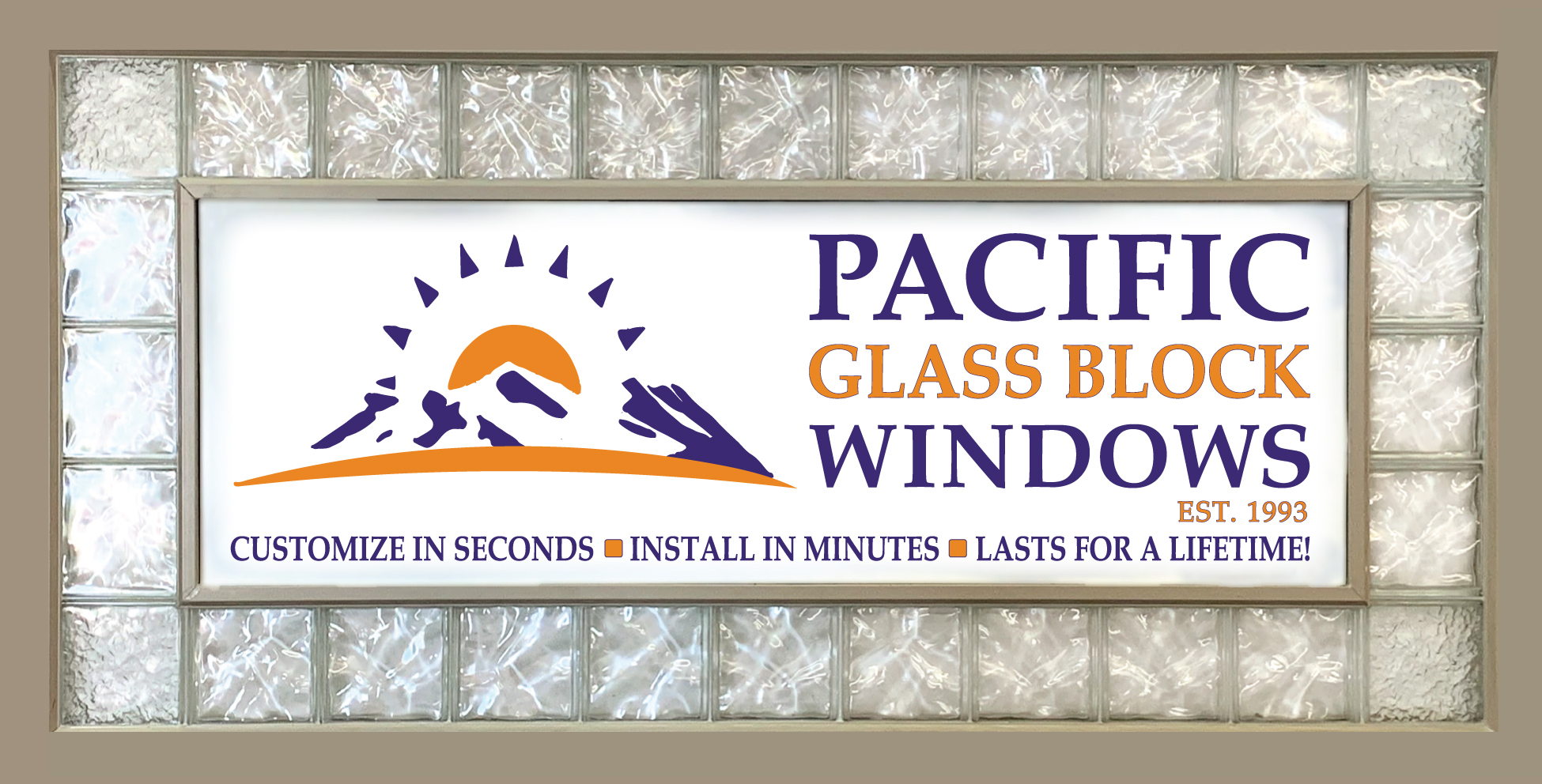
During the 19th Century, the original form of hand-blown glass blocks provided beauty, safety, and security to an otherwise dark environment. Glass became a highly appreciated choice and gained a good reputation for its function as a light-admitting material for skylights and walls segments while still providing privacy and protection.
In the early history of glass blocks before electricity was used on ships, “deck prisms” were added to nautical vessels, which allowed natural light into the areas below the deck. In this respect, glass blocks added to the safety of the vessels by thus reducing the risk of fires that could happen with candles and oil lamps.
In cities, glass blocks were used as “sidewalk lights” or “vault lights.” The blocks were imbedded into the sidewalk to allow natural, diffused light into the storage rooms or shipping and receiving rooms below the sidewalks. Because these rooms were usually without windows, they benefited from the natural lighting that came in through the “sidewalk lights.”
However, as a low-maintenance construction material, the toughness and permanence of glass blocks for a wider range of uses was limited.
In the early part of the 20th Century, the German company, Deutsche Luxfer-Prismen-Gesellschaft patented a process to strengthen the material into glass blocks. This was done by fusing two pieces of glass into a solitary piece. When the two pieces of glass were joined producing a hollow center, a partial vacuum was created which improved the block’s insulating qualities.
Pacific Glass Block Windows uses these low-maintenance glass blocks allowing our fully assemble glass blocks windows to boost:
- Safety
- Security
- Sound deadening
- Energy insulation
This evolution of the glass block meant that the new form could be used in the construction of buildings similar to concrete blocks. When compared to other building materials, our REAL glass block windows are cost effective and easy to install.

